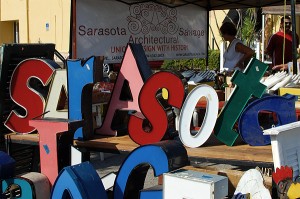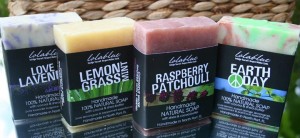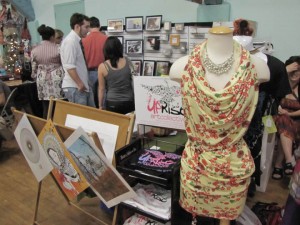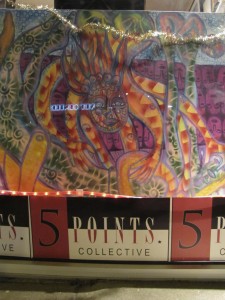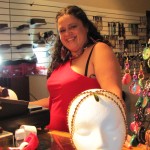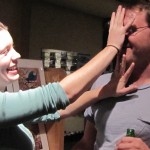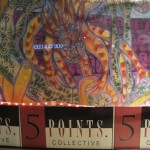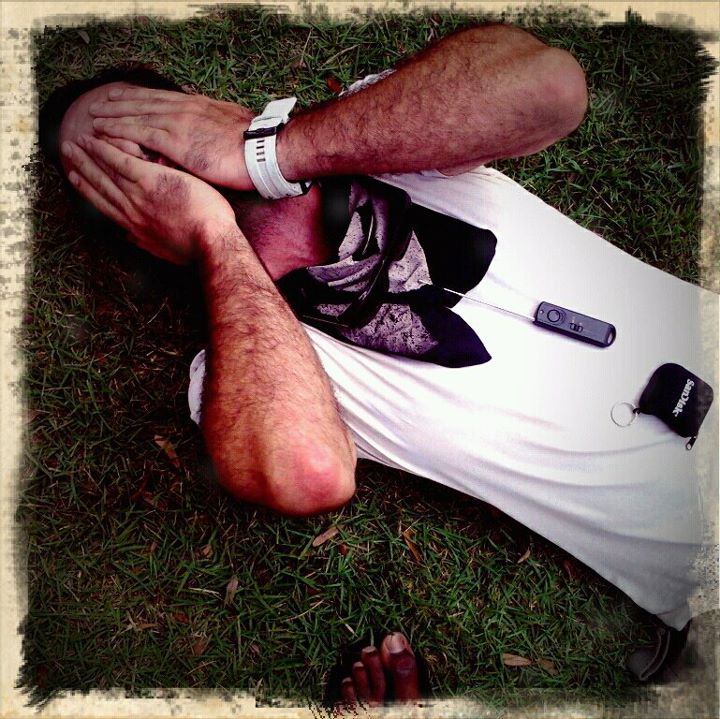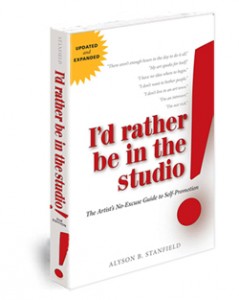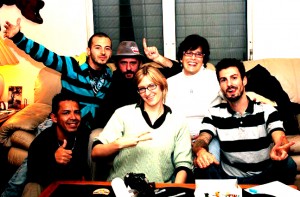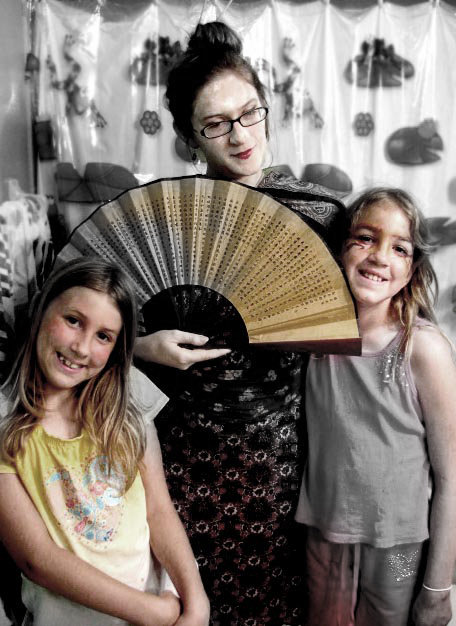*[originally posted in ABCD in Action]*
One theme that keeps showing up in the conversations I’ve been in among all kinds of people–in neighborhoods, spiritual organizations, nonprofits, government–is the lack of youth engagement in important local matters. This concern came up again and again when a group of practitioners of Asset-Based Community Development got together in Chicago a month ago. This morning I was talking with a colleague about our own experiences as the ‘youngest’ in certain rooms.
The following is a somewhat stream-of-consciousness musing on this topic that was sparked by a song I like very much.
First, this song, which came through my pandora music service just now.
“Handlebars” by Flobots
It begins,
I can ride my bike with no handlebars
No handlebars
No handlebars
Look at me, look at me
hands in the air like it’s good to be
ALIVE
and I’m a famous rapper
even when the paths’re all crookedy
I can show you how to do-si-do
I can show you how to scratch a record
I can take apart the remote control
And I can almost put it back together
(…)

It starts out sweet, innocent and cocky all at once. It’s a kid enamoured of his abundant abilities, singing it to the world. A beautiful image of youth.
The confidence grows:
I know how to run a business
And I can make you wanna buy a product
Movers shakers and producers
Me and my friends understand the future
I see the strings that control the systems
I can do anything with no assistance
I can lead a nation with a microphone
With a microphone
With a microphone
I can split the atoms of a molecule
Of a molecule
Of a molecule
Then full volume on dominance, corruption, destruction and egomania–ambition with no morals, power with no reigns:
I can do anything with no permission
I have it all under my command
I can guide a missile by satellite
(…)
and I can end the planet in a holocaust
In a holocaust
In a holocaust
In a holocaust
In a holocaust
In a holocaust
Finally he shifts back–innocent, pure, free:
I can ride my bike with no handlebars
No handle bars

What strikes me first about this song is its skillfulness and its insight.
It’s a clever thumbing of the nose at how we’re seen by the older world while simultaneously criticizing that world and, I think, nodding to each young person’s own potential to give way to that world’s frequent disintegration into selfish dominance, manipulation and, in its final equation, full-blown horror.
To me this song communicates what I think a lot of us in Chicago kept arriving at… that the “youth engagement” problem is not a problem of youth not caring, not being ready to do something, and not being capable. It’s not even an issue of youth not being ready to do something–many youth ARE doing something–it’s just that we don’t have the kind of conversations with folks in older generations that let this information slide over. Or if it does slide over, it makes it halfway, and crumbles as our feelings, yearnings, ideas and efforts are appreciated halfway by older people who see us as ‘becoming’ rather than ‘being’ full citizens and full people, what we bring is often valued as such. Halfway, with a pat on the head. I know this because I do this to people younger than ME (and hate it!) In this song, the singer is flipping this system saying clearly, “I can teach YOU.”
What this song says to me is what’s often lost in the conversation about “youth engagement” — that is, like anyone else, youth want to be viewed for what they bring to the table.Right now, not as who they’ll be in five or twenty years and how can everyone mentor them toward greatness. We need to hear what this guy is saying and demonstrating in this song:
– i CAN…, i CAN,… i CAN…
and
“Me and my friends understand the future
I see the strings that control the systems”
To take it a step further, in Chicago a month ago we talked about shifting from a mindset that tries to “involve” people in what WE’re doing and instead “involving ourselves” in what the PEOPLE are doing. It’s a subtle but mega distinction that I’m still wrestling to wrap my mind around. …So, the youth who’s walking down the street, not at the table–perhaps what’s important to find out is what they hold in themselves, or where they’re headed. Perhaps the most important question is what the incredible Judith Snow asked during our conversation in Chicago… [paraphrased] “How can I [a non ‘youth’] become a person to the young people on my community center’s porch that they will speak honestly to? How do I become a person that they trust?”
So, to return to a much-hammered point… maybe it IS all about relationships?
What I see around me these days is a vibrant, pulsating, conscientious, smart, creative and beautiful youth culture. It’s in my hometown, it’s probably in every town. But who’s checking it out? Usually, it’s just other youth. There’s been inspiring cross-over through the Occupy Movement from what I can tell. Yet in general, I understand that there’s barriers and don’t mean to sling blame in any direction. I know how freaky and often out-of-the-way difficult it is for older people to go to where the youth are. 
Rather, I see an incredible potential for bridging this divide through places, spaces, groups or conversations that open up the creative capacities of young and older folks in each others’ presence. Something is freed up with culture–it comes from deep within and, for that reason, people can find and see each other fresh when it’s leaping forth.
How can music bring us together? Maybe what young people are into is not THAT different from their interests than older people think (and vice versa). Or maybe we could have a very entertaining and enlightening exchange of different thing, and realize that beneath is a compelling, redeeming human drive for self-expression and appreciation for creative expression in others.
Here’s a couple of examples.
First, These are images from “The Big Eclectic,” an event organized by Van Jazmin, a talented young artist who attends the RIngling College of Art & Design here in Sarasota. Van who blows me away with his energy to bring people together in creativity and support of local artists. He called together talented people of all ilks to perform at Big E’s, a little coffee shop much-loved by a diverse crowd for its dedication to community over profits. This event is an example of the good explosion of youth leadership I see.

I’d ask folks worried about the lack of youth involved in their groups or organizations to consider these questions (as I ask them to myself):
Where are youth taking the lead ALREADY in your community, who are acting on what you care about too?
How can you get to know them?
How can you support what they are doing?
Another example of spontaneous community-building across generations, sparked by art, is this scene from Realize Bradenton‘s ArtSlam this October. A truly amazing event, ArtSlam happened when this innovative organization recognized that it can make a big impact simply by doing what ABCD Faculty member Henry Moore called “Leading by Stepping Back.” They made a call to local artists and artist groups to “do their thing” at a huge outdoor event sponsored by a partnership of local arts institutions. It seems they were smart about connecting with young artist–or more likely, both young artists and this organization were smart about connecting with each other–because at least half of the street projects were led by young people. I love this video of my friend Fez igniting freedom on the “dance street” with his killer moves, followed by some nice fire-spinning by my friend Misha of Urban Spiral Dance Company:

To summarize,
The Flobots song and the following stories inspired me because:
– They epitomize the mind-blowing skill, sensitivity, insight and ambition present & overflowing in the youth of today
– They represents something I feel is a powerful doorway for bridging persistent rifts between the generations: CULTURE
Youth engagement is not about “getting youth involved” but about involving ourselves with each other across generations–as humans do naturally, through things that inspire and move them, with curiosity about what the other brings to the table that can be valuable, used, admired and respected RIGHT NOW.
I write this aware that I repeat the mistake of my elders with my juniors, and that to be powerful, my thinking must concentrate on what I can and am willing to do, as a young person, to make this shift (not what others are doing wrong). I’m committed to blurring damaging generational lines
- through my active and unprejudiced enthusiasm for culture that moves me
- by exercising with frequency my power to attend, enjoy, invite others to drink from what humans of all kinds feel moved to create in my vicinity.
- making a point to celebrate great skill and effort that risks being overlooked, especially that of my age-peers.

…And, I’ll do my best not to get mad when I feel myself being seen or treated as ‘less than’ by elders After all, I DON’T ACTUALLY know everything…
I STILL can’t ride a bike with no handlebars… 🙂



 artists or artisans. **
artists or artisans. **

